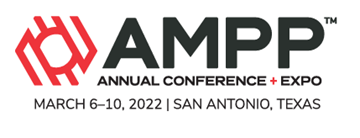Search
Coatings and Linings
View as
Sort by
Display
per page
Chemical Resistant Waterborne Polyurethane Topcoats for Flooring
Product Number:
41205-216-SG
Publication Date:
2005
$20.00
Clearing the Hurdles' – A Look at the South Valley Sewer District, Jordan Basin WRF Membrane Basins Rehabilitation Project
Product Number:
51219-192-SG
Publication Date:
2019
$20.00
Close Encounters of the Third ‘Crude-Oil’ Kind
Product Number:
41215-918-SG
Publication Date:
2015
$20.00
Closed Loop Corrosion Control: Case Studies Of A Reliable, Robust, & Sustainable Treatment Program
Product Number:
51322-17723-SG
Publication Date:
2022
$20.00
Coating of Structural Steel for Public Structures
Product Number:
41205-212-SG
Publication Date:
2005
$20.00
Coating Selection in the Norwegian Offshore Industry Where, What, and Why
Product Number:
41206-235-SG
Publication Date:
2006
$20.00
Coating Work by Sub-tier vendors the Good, the Bad and the Smulgy
Product Number:
41216-952-SG
Publication Date:
2016
$20.00












